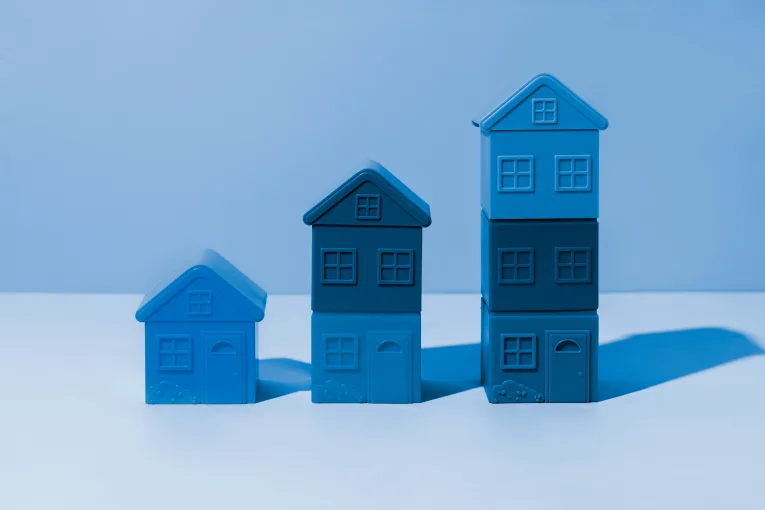
“When housing is scarce, when prices are high and homes are unaffordable for average Americans, who do we blame?” That’s the question that Michael Loudenslager, a staff attorney for housing and community economic development at Advocates for Basic Legal Equality, and Laura Foote, the executive director at YIMBY Action, ask in an op-ed in Next City this week.
For many, the answer is simple: immigrants.
They cite the October 1 vice presidential debate where JD Vance, Donald Trump’s running mate, claimed housing is unaffordable because “millions of illegal immigrants [who] compete with Americans for scarce homes.”
The authors note that this rhetoric unfortunately “perpetuates the same racism that caused housing to become scarce in the first place.”
They note, “Apartment bans and other exclusionary laws were written to keep people of color out of white neighborhoods.”
But in their view the problem isn’t immigrants, it’s exclusionary laws that “have caused a nationwide housing shortage that continues to segregate our communities and stifle the middle class.”
These were laws that were “originally intended to keep people of color out [and] are now also keeping all young people, all middle-class people and all low-income families weighed down with high housing prices and ever-longer commutes.”
This debate goes further than just a certain candidate; unfortunately, they note that many NIMBYs are falsely repeating it as well.
They argue that this reductive reasoning is “based on a fundamental lie,” notably that “the amount of housing we have is fixed and that we must fight against each other for the homes that do exist.”
Instead, the authors argue: “It doesn’t have to be this way. “ They explain, “We don’t have to fight one another for scraps. We can build enough housing for everyone. “
There is nothing particularly novel about this. In fact, we know during times of scarcity and times of crisis it is common to pick scapegoats.
The problem: “Blaming people for a systemic issue prevents us from getting to real solutions.”
Instead, they argue that the housing shortage is being caused by “regressive zoning and byzantine permitting processes that stall or halt housing production altogether.”
They write: “Cities reserve land for housing but only allow a small number of homes on that land, which limits the number of people who can live in the community. In communities with many amenities like high-quality schools and high-paying jobs, demand for those homes increases. If very few homes can be built, prices skyrocket. As the shortage worsens, people are pushed into poverty and overcrowding. Everyone feels the squeeze as prices rise.”
Naturally, they acknowledge that building codes and other regulations are critical for health and safety.
However, they argue that “restrictive zoning keeps down housing production and incentivizes sprawl by banning multifamily housing. With these restrictions on 75% of America’s residential land, we’re now nearly 4 million homes short across the country.”
The YIMBY movement, academics and many elected officials are working to examine and reform these laws.
But, the authors argue, “instead of joining the movement for solutions, many have repeatedly villainized immigrants, both from other countries and even other parts of the United States.”
Gone is explicitly racist language from most zoning laws, they argue, “but the housing shortage and racism persist.”
This really isn’t a partisan issue.
Regardless of political affiliation, you hear residents echoing the same arguments as JD Vance.
For example, the authors point to San Francisco, the heart of blue country, where residents have said, “This will bring the wrong sorts of people into the neighborhood.”
In Fort Collins, Colorado, we’ve heard the argument, “Let’s reduce immigration to ease the need for more housing.”
In Springfield, Ohio, we’ve heard the false claim, “The immigrants are taking up all of the housing.”
They argue, “As vile as JD Vance’s language has been, it’s not dissimilar from the hateful language we hear from conservatives and liberals alike as soon as affordable housing is proposed near their neighborhoods.”
The problem is an overall shortage of housing and inability to build that necessary housing, not that a certain group might be moving into parts of the US and contributing to that housing shortage.
“Blaming a small group of people rather than the laws that created the housing shortage in the first place pits neighbors against each other,” they argue. “It perpetuates the racism that keeps these exclusionary policies alive and it prevents us from implementing the solutions we know work.”
The truth, they argue, “is that America’s housing production is not keeping up with demand because our own local zoning laws prevent it.”
And ultimately the answer is that “the only way to ensure everyone has an affordable home that meets their needs is to allow more housing in existing high-demand neighborhoods.
“Changing zoning laws to allow for ‘Missing Middle’ housing, duplexes and triplexes, and making permitting easier to obtain will help housing costs to decline.”
